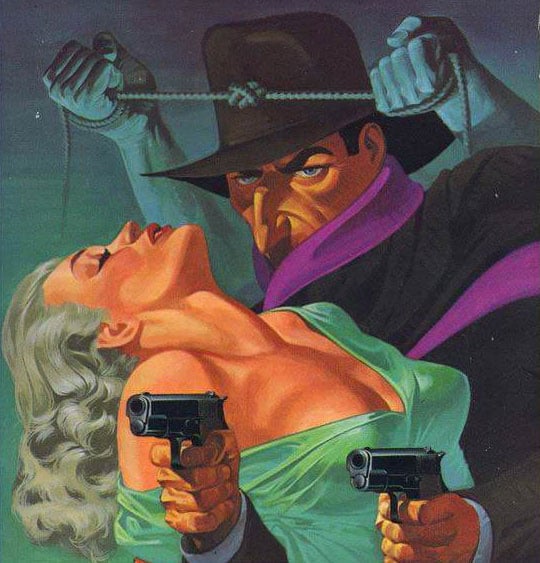Key points:
-
Cara’s Rapid Growth: The app gained 600,000 users in a week
-
Artists Leaving Instagram: The controversy around Instagram using images to train AI led many artists to seek an alternative
-
Cara’s Features: The app is designed specifically for artists and offers a ‘Portfolio’ feature. Users can tag fields, mediums, project types, categories, and software used to create their work
-
While Cara has grown quickly, it is still tiny compared to Instagram’s massive user base of two billion.
-
Glaze Integration: Cara is working on integrating Glaze directly in the app to provide users with an easy way to protect their work from be used by any AI
more about: https://blog.cara.app/blog/cara-glaze-about



It doesn’t work like that. The monkey selfie case did not set any kind of precedence. Animals cannot own property, including copyrights.
For a work to be under copyright in the US, it has to be an “original work of authorship” and contain “a modicum of creativity”. Some countries allow broader copyrights. Photographs that are accidentally triggered are public domain. CCTV footage is a gray area. Setting up a camera and luring animals into triggering it, might produce copyrighted images. A court would have to decide if the individual circumstances constitute authorship and a modicum of creativity. An animal snagging a camera and triggering it certainly doesn’t. The monkey selfie case did nothing to advance the law.
A public domain image is just that. Attempting to assert ownership over one is either an error or fraud. I don’t know what the US rules are when a rights-owner can’t be found. I doubt that you can just become the default owner of some property just by writing something on a website.